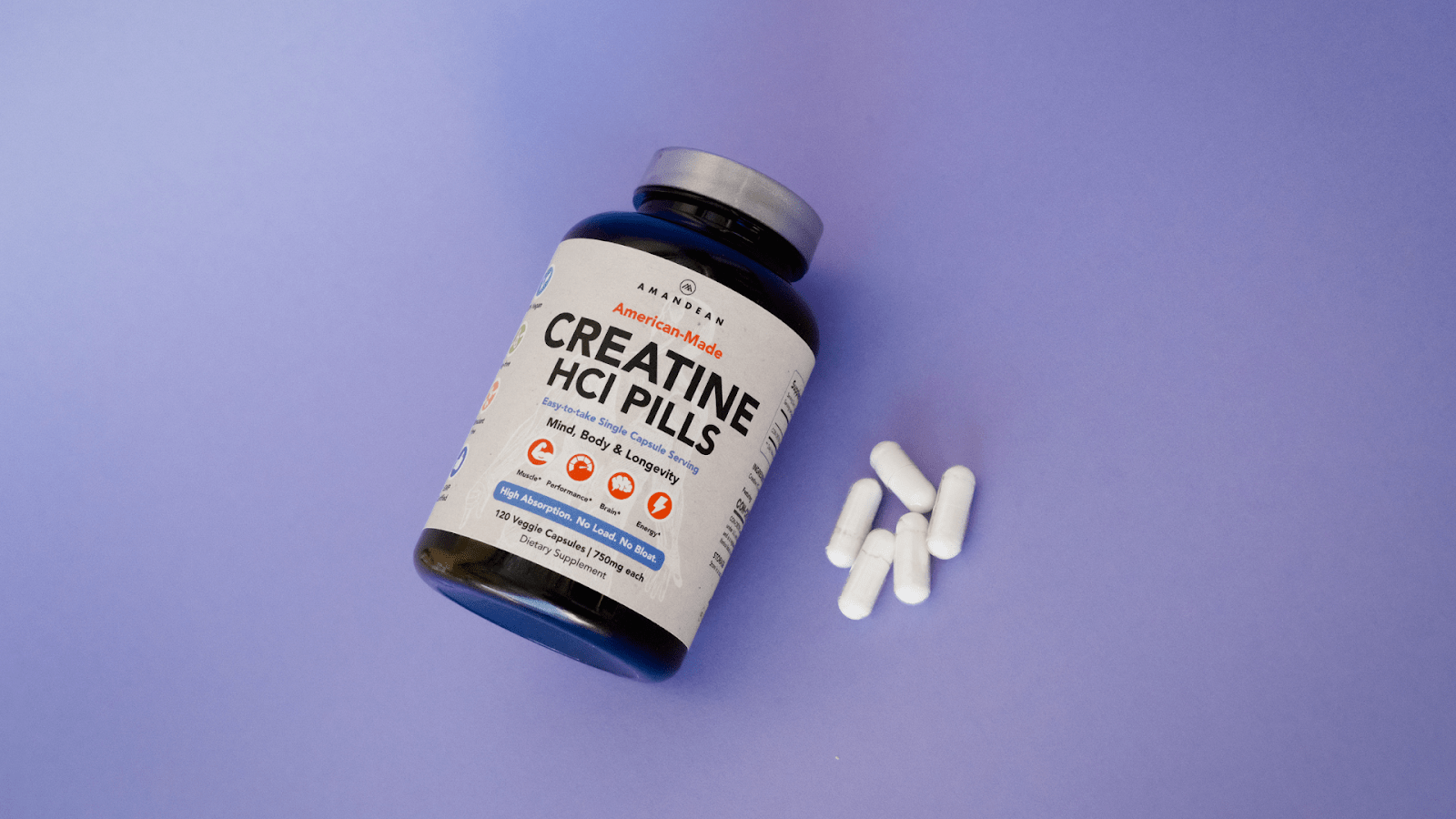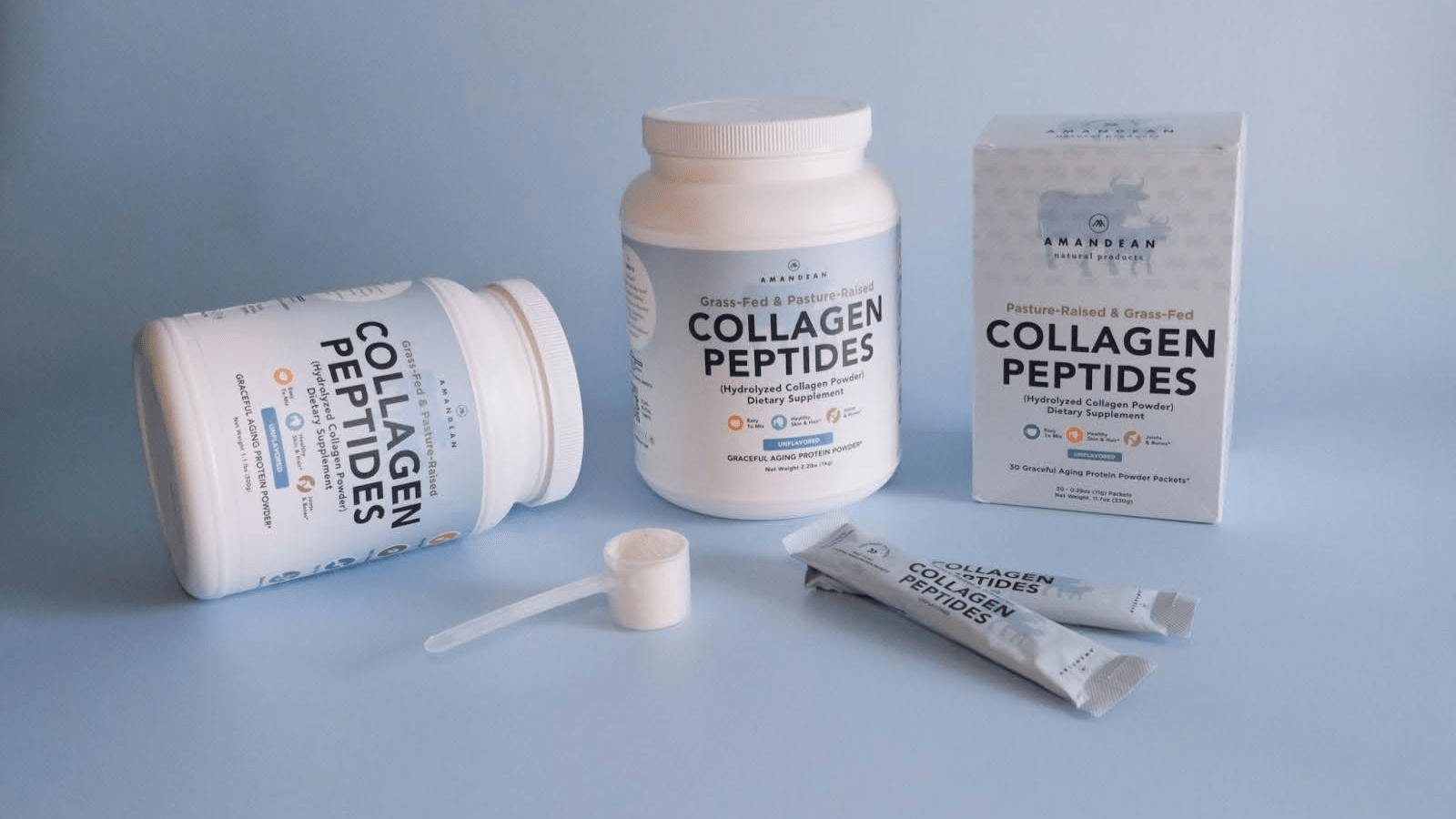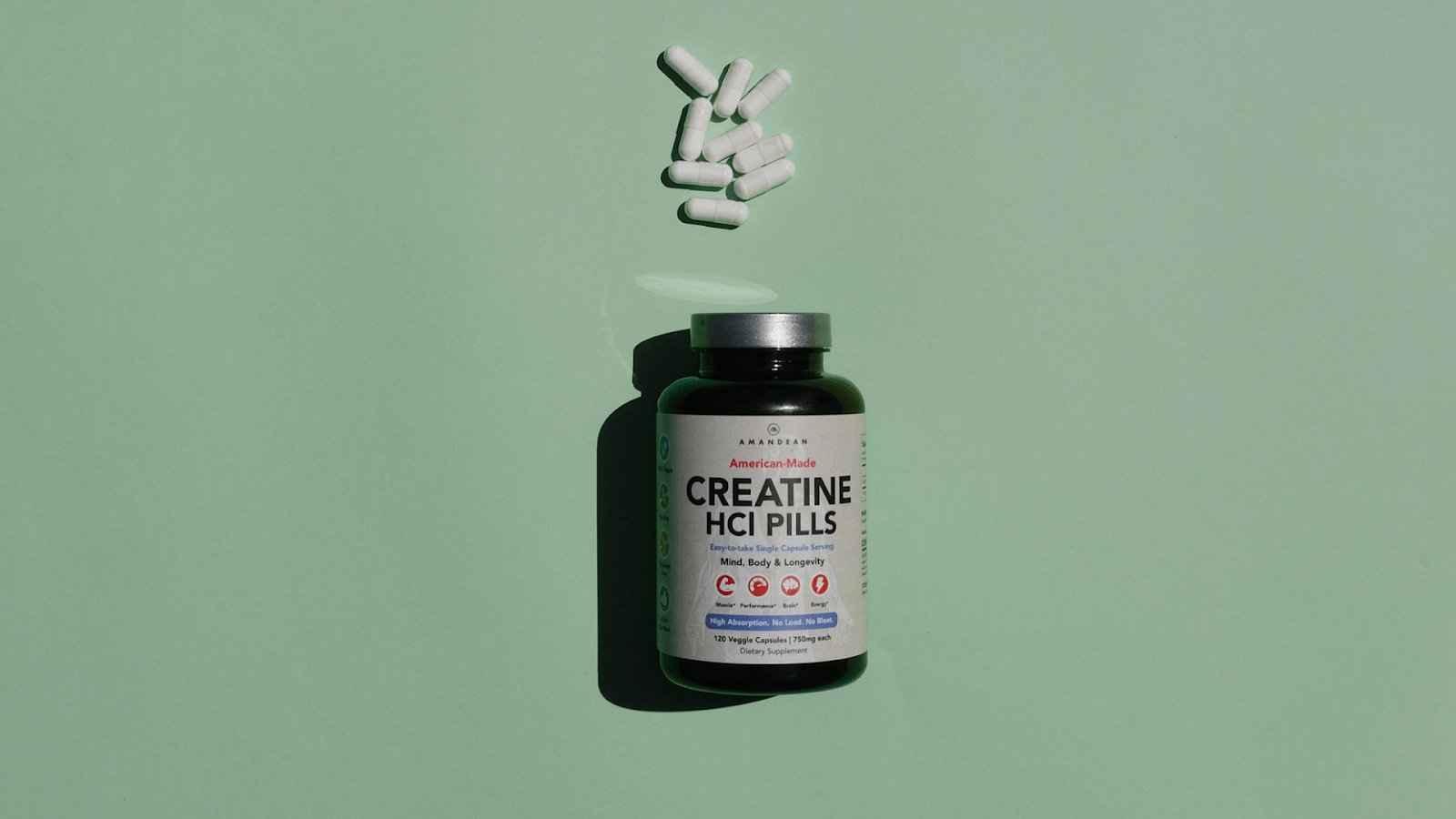Your Cart is Empty

March 04, 2022 5 min read
Take our quiz and find which supplements your body is craving.

To start, let's look at exactly how dry eye is defined. According to Medscape, conditions related to dry eyes can be diagnosed as:
These conditions fall under the umbrella of OSD, Ocular Surface Disease (ocular means having to do with the eye). These conditions may overlap and be caused by multiple factors. Furthermore, dry eye disease may be categorized as one of two non-mutually exclusive types:
As you may know, the surface of your eye and cornea is covered with a thin film of tears produced by the tear or lacrimal gland. These tears help to protect your eyeballs and keep your eyes moist and comfortable.
If the surface of your eyeballs becomes too dry because your body doesn't produce enough tears (or the tears are poor quality), you may develop dry eye symptoms such as redness and irritation.

It's not uncommon to experience dry or slightly itchy eyes from time to time. Dry eyes could simply be due to seasonal allergies, windy weather, or too much screen time. However, it becomes a much larger problem when severe dry eye symptoms are persistent, causing discomfort and interfering with your daily activities.
Symptoms of dry eye include:
Symptoms may worsen over the course of the day or be exacerbated by smoke, dry environments, indoor heating, or excessive computer use.

You may have a chronic condition of dry eye if you experience these symptoms consistently. In this case, it's important to see an optometrist or ophthalmologist so they can diagnose the underlying cause.
A variety of factors can cause dry eyes, including:
Sjogren's Syndrome is defined by the Mayo Clinic as an autoimmune disease that affects mucous membranes and moisture-secreting glands of the eyes and mouth. The most common symptoms are dry eyes and dry mouth. This condition is more common in women, and most patients are over 40 years old when diagnosed.
Once the cause of dry eye is identified by a healthcare provider, there are several treatment options that your doctor may recommend. The National Eye Institute lists the following as common treatments of dry eye:
Living a generally healthy lifestyle, drinking 8-10 glasses of water a day, and sleeping 7-8 hours a night, can also help keep your eyes healthy.

We've talked about omega fatty acids in the past, but let's take a closer look at what they are and why they're so crucial for your health. There are three main types of Omega-3 fatty acids: DHA (docosahexaenoic acid), EPA (eicosapentaenoic acid), and ALA (alpha-linolenic acid). These are essential fatty acids, which means your body cannot produce them, and they must be ingested in food.
Health benefits of Omega-3 fatty acids include:
The best dietary sources of ALA include flaxseeds, flaxseed oil, walnuts, and soy. While humans can convert small amounts of ALA to EPA and DHA, this process is limited and inefficient. This is why it's essential to choose foods or supplements that are a good source of EPA and DHA. (Read more about decoding the difference between ALA, DHA, and EPA here.)
Some foods commonly fortified with DHA include eggs, orange juice, yogurt, and milk. You can get omega-3s in your diet from food. The primary sources of EPA and DHA include fatty fish and marine plants such as:
Though omega-3 fatty acids are beneficial for your health, there are some concerns when it comes to consuming fish, such as contamination. Fish may be contaminated by heavy metals like mercury, lead, and other harmful chemicals polluting ocean waters.
Young children and pregnant women are especially vulnerable to the harmful effects of heavy metals. This is why many people choose fish oil supplements. It’s a good idea to choose a supplement from fish that have been sustainably sourced, or choose a vegan omega-3 supplement free of those concerns.
Omega-3 fatty acids play a vital role in health throughout your body. In particular, they have powerful anti-inflammatory properties which can help in eye conditions where the membranes and structures of the eye are inflamed.
Researchers have discovered that the retina has a high concentration of DHA omega-3s. One epidemiological review and review of the scientific literature suggest DHA supplementation could protect the retina and optimize the fluidity of membranes and visual function. The same study indicates a positive relationship between dietary intake of omega-3s and reduced risk of Age-Related Macular Degeneration (AMD). It appears that omega-3s have a variety of benefits for eye health!
Schirmer's test is a medical measure used to determine if the eye is producing enough tears. A meta-analysis of randomized controlled trials on dry eye and omega-3 supplementation found that supplementation significantly improved the Schirmer's test and tear break-up time in patients suffering from dry eye. Based on these results, the researchers suggest omega-3 fatty acid supplementation could be an effective treatment for dry eye.

The American Heart Association (AHA) recommends 1g/day of EPA and DHA. However, data from the NHANES study shows that consumption of DHA and EPA from foods is about 40 mg in children and teens and about 90 mg in adults. Because few Americans can meet the recommendations for omega-3 fatty acids, particularly DHA and EPA intake from food alone, a supplement may be beneficial.
Consider the following factors when looking for a high-quality omega-3 supplement.
Consider Amandean Vegan-Omega-3 supplements, which meet all the above recommendations. The Amandean supplements contain 300 mg of DHA and 150 mg of EPA.
If you're suffering from dry eyes, optometry professionals recommend omega-3 supplementation to help improve your dry eye symptoms. Omega-3 nutritional supplementation could provide the much-needed eye relief you're looking for while providing a host of other health benefits for your body!
If the surface of your eyeballs becomes too dry because your body doesn't produce enough tears (or the tears are poor quality), you may develop dry eye symptoms such as redness and irritation.
Symptoms may worsen over the day or be exacerbated by smoke, dry environments, indoor heating, or excessive computer use.
Researchers have discovered that the retina has a high concentration of DHA omega-3s.
The researchers suggest that omega-3 fatty acid supplementation could be an effective treatment for dry eye.
The Amandean supplements contain 300 mg of DHA and 150 mg of EPA.

October 17, 2025 8 min read
Find out why creatine is better for vegans! Boost your wellness game and unlock peak performance with Amandean's premium supplements today.

October 16, 2025 7 min read
Learn whether collagen in coffee is just another wellness fad. Examine the facts, benefits, and how to use collagen in coffee for beauty and joint support.

September 22, 2025 9 min read
Unlock the full benefits of creatine for women. Boost energy, beauty, and brainpower with Amandean’s clean formulas.